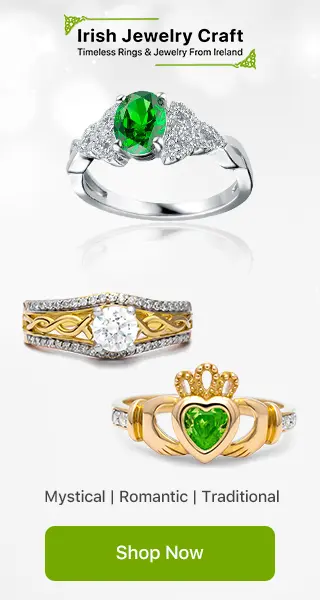The Celts were a group of tribes who started out in central Europe around 1200 B.C. They reached Ireland in around 500 B.C., establishing cultural traditions that are still alive today on the Emerald Isle. The Celts did not have a written language, so much of what we know about them comes from Roman historians who documented their interactions with the tribal warriors.
In this article, we will explore the role of warriors in Celtic society, their clothes and weapons.
Who were the Celts?
The Celts were tribal warriors. Each tribe was led by a king who led warriors in battle. In Celtic society, warriors were held in high esteem. Celtic tribes went to war to gain wealth, territory and power. Cattle were of high value in Celtic times, so tribes would steal the cattle of others in order to trade them for wine and valuable precious metals.
Most Celtic battles took place on foot but some later tribes had horses and even chariots. The armies were led by high status soldiers who organised the tribe for battle. Celtic warriors began training from around 14 years of age, shadowing an experienced warrior to learn the art of battle.
Women in Celtic society could also be warriors, with Roman historians documenting their presence both on the battlefield and in positions of leadership in war.
Inventions and Traditions
The Celts were great artists and craftspeople, using precious metals such as silver and gold to make jewellery, tools and weapons. Their crafts were often adorned with intricate patterns of intertwining spirals. Warriors wore jewellery of gold, bronze and iron into battle in order to show their status in society.
Some tribes bleached their hair with lime-water and others painted tattoos on their bodies using natural dyes.
Many Celtic tribes went naked into battle, which may have been a tactic used to intimidate the enemy. Others wore cloaks, tunics and breeches, some of which were dyed bright colours.
Weapons and Battle
The Celts were skilled smiths, able to forge metals such as bronze, iron and tin. Weapons were strong and durable. The weapons a Celtic warrior used were dependent on his rank. Higher status warriors used long iron swords, decorated with precious stones, gold and silver. More junior fighters used lances and spears.
Spearheads were made of iron and often featured serrated edges, making them all the more deadly. Daggers were also used and decorated with traditional spiral shapes. Helmets were forged from iron or bronze and were decorated with feathers, animal heads and horns.
The advanced weaponry and intimidating appearance of the Celts helped them to win several famous battles. It is thought that the Celts were eventually defeated by the Romans and Germanic tribes due to their lack of strategy on the battlefield.
Despite their defeat, Celtic warriors are remembered as being fierce, courageous and well-trained in battle.


